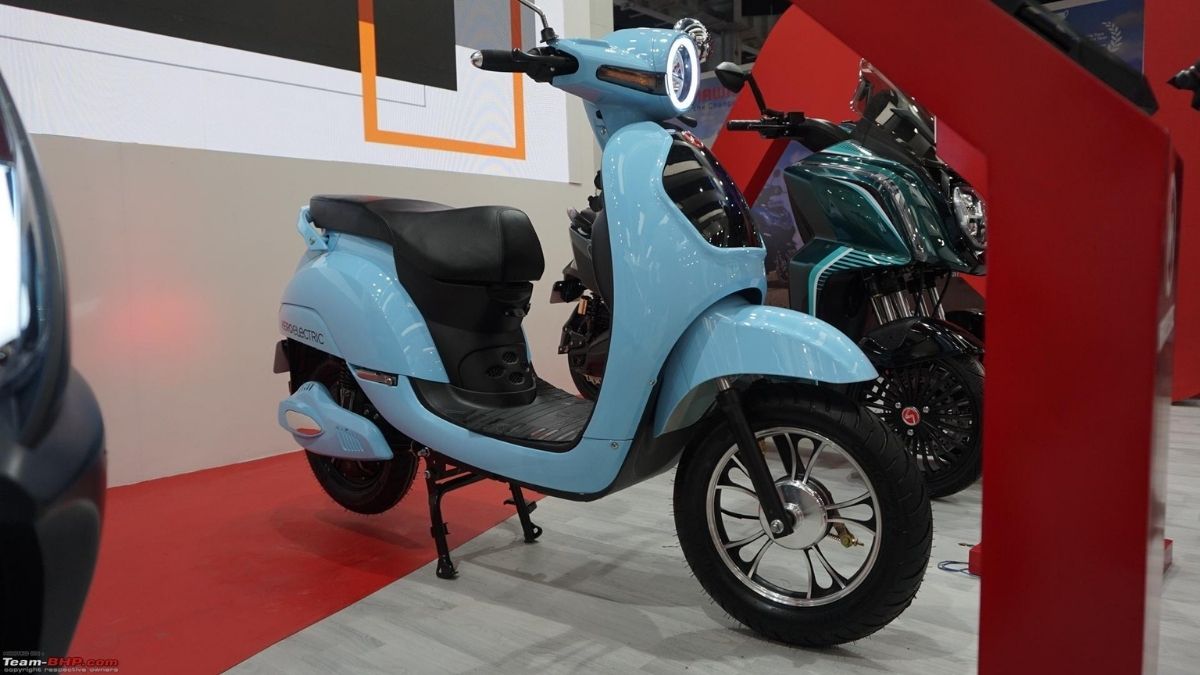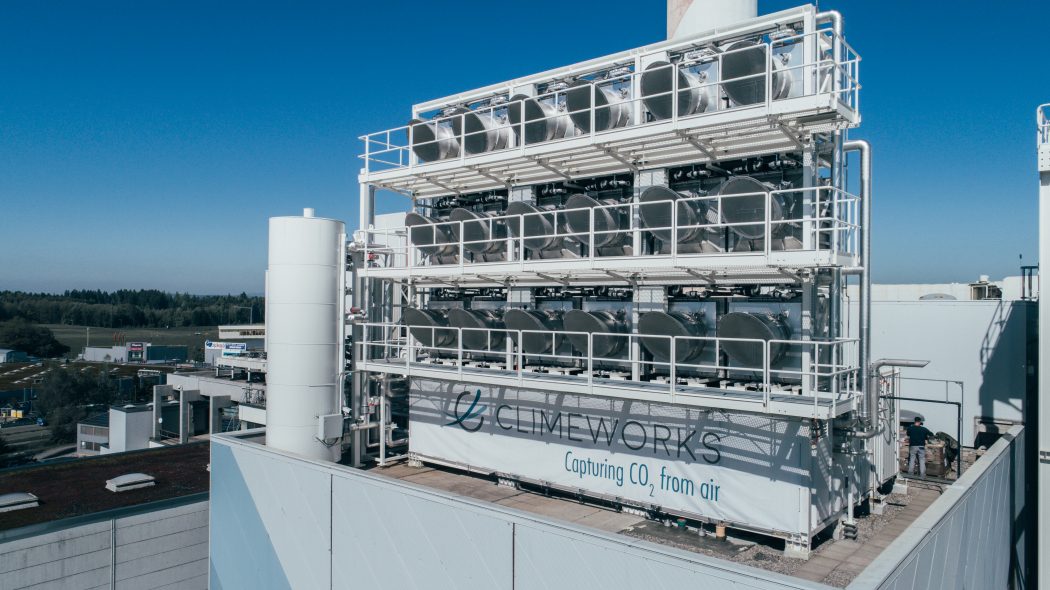Estimated reading time: 4 minutes
In the quest to combat climate change, researchers have unveiled a groundbreaking method that marries the power of geothermal energy with direct air carbon dioxide capture (DACC) technologies. Published in Environmental Research Letters, this study introduces a novel approach, coined Direct Air CO2 Capture with CO2 Utilization and Storage (DACCUS), which holds the promise of efficiently removing carbon dioxide from the atmosphere and sequestering it underground.
Led by Martina Leveni and her team at Ohio State University, this innovative solution addresses the urgent need to reduce greenhouse gas emissions by tapping into renewable energy sources and advancing carbon capture technologies.
Understanding the Need for Carbon Removal Technologies Carbon dioxide emissions, stemming primarily from the combustion of fossil fuels for various human activities such as electricity generation, heating, and transportation, constitute a significant portion of greenhouse gases responsible for climate change.
The accumulation of these gases in the atmosphere exacerbates global warming and its associated impacts, including rising temperatures, sea-level rise, and extreme weather events. Recognizing the urgency of addressing this issue, scientists and policymakers have sought effective strategies to mitigate carbon dioxide emissions.
Carbon removal technologies, including direct air carbon capture (DACC), have emerged as critical tools in this endeavor. Unlike traditional mitigation approaches that focus on reducing emissions at the source, DACC offers the potential to capture carbon dioxide directly from the ambient air, thereby targeting emissions that are difficult to eliminate through other means.
The Birth of DACCUS
Integrating Geothermal Energy with Carbon Capture The concept of Direct Air CO2 Capture with CO2 Utilization and Storage (DACCUS) represents a pioneering initiative that combines the principles of DACC with the renewable energy source of geothermal energy.
Conceived by Martina Leveni and her team at Ohio State University, DACCUS seeks to leverage the natural heat stored beneath the Earth’s surface to power carbon capture and storage systems. This innovative approach stems from a recognition of the complementary nature of geothermal energy and carbon capture technologies, as well as the potential synergies that arise from their integration.
By harnessing geothermal energy to drive carbon capture processes, DACCUS aims to not only reduce greenhouse gas emissions but also minimize the environmental footprint associated with traditional carbon capture methods.
Unveiling the Mechanics of DACCUS
At the heart of the DACCUS methodology lies the utilization of deep saline aquifers, and underground geological formations containing sedimentary rock and saltwater, as reservoirs for both geothermal energy production and carbon dioxide storage.
The process begins with the extraction of carbon dioxide from the ambient air using direct air capture technologies. This captured carbon dioxide is then injected into the deep saline aquifers for storage, where it is isolated from the atmosphere.
Concurrently, the natural heat present within these geologic formations is tapped through geothermal wells, allowing for the continuous production of renewable energy. The circulation of carbon dioxide within the aquifers facilitates the extraction of geothermal heat, which can be utilized directly or converted into electricity to power the carbon capture system.
This integrated approach maximizes energy efficiency while minimizing environmental impact, making DACCUS a promising solution for sustainable carbon management.
Evaluating the Environmental Impact and Feasibility
Compared to conventional carbon capture methods, which often rely on fossil fuels and contribute to additional greenhouse gas emissions, DACCUS offers a more environmentally friendly alternative. Geothermal energy, known for its low carbon footprint, serves as a clean and renewable power source for driving carbon capture processes.
Furthermore, the selection of the U.S. Gulf Coast region as a potential deployment site for DACCUS is informed by its abundant geothermal resources and favorable geological characteristics. The region’s ample heat flux and geologic suitability for carbon dioxide storage make it an ideal candidate for implementing large-scale DACCUS systems.
By leveraging existing infrastructure and natural resources, DACCUS demonstrates the feasibility of integrating renewable energy and carbon capture technologies to combat climate change effectively.
Projecting the Future
Timeline and Potential Deployment Despite its transformative potential, the implementation of DACCUS requires careful planning and phased deployment. The priming of the geothermal heat extraction system, akin to starting a car engine, necessitates approximately five years of carbon storage from point sources such as industrial facilities before DACCUS facilities can commence air capture operations.
Assuming operational readiness by 2025, DACCUS systems could feasibly begin removing carbon dioxide from the atmosphere by 2030. Projections indicate the possibility of establishing up to 25 DACCUS systems within the Gulf Coast region alone by 2050, underscoring the scalability and long-term viability of this innovative approach.
By adhering to rigorous technological standards and policy frameworks, DACCUS holds the potential to accelerate carbon removal efforts and facilitate the transition to a more sustainable energy future.



















Leave feedback about this